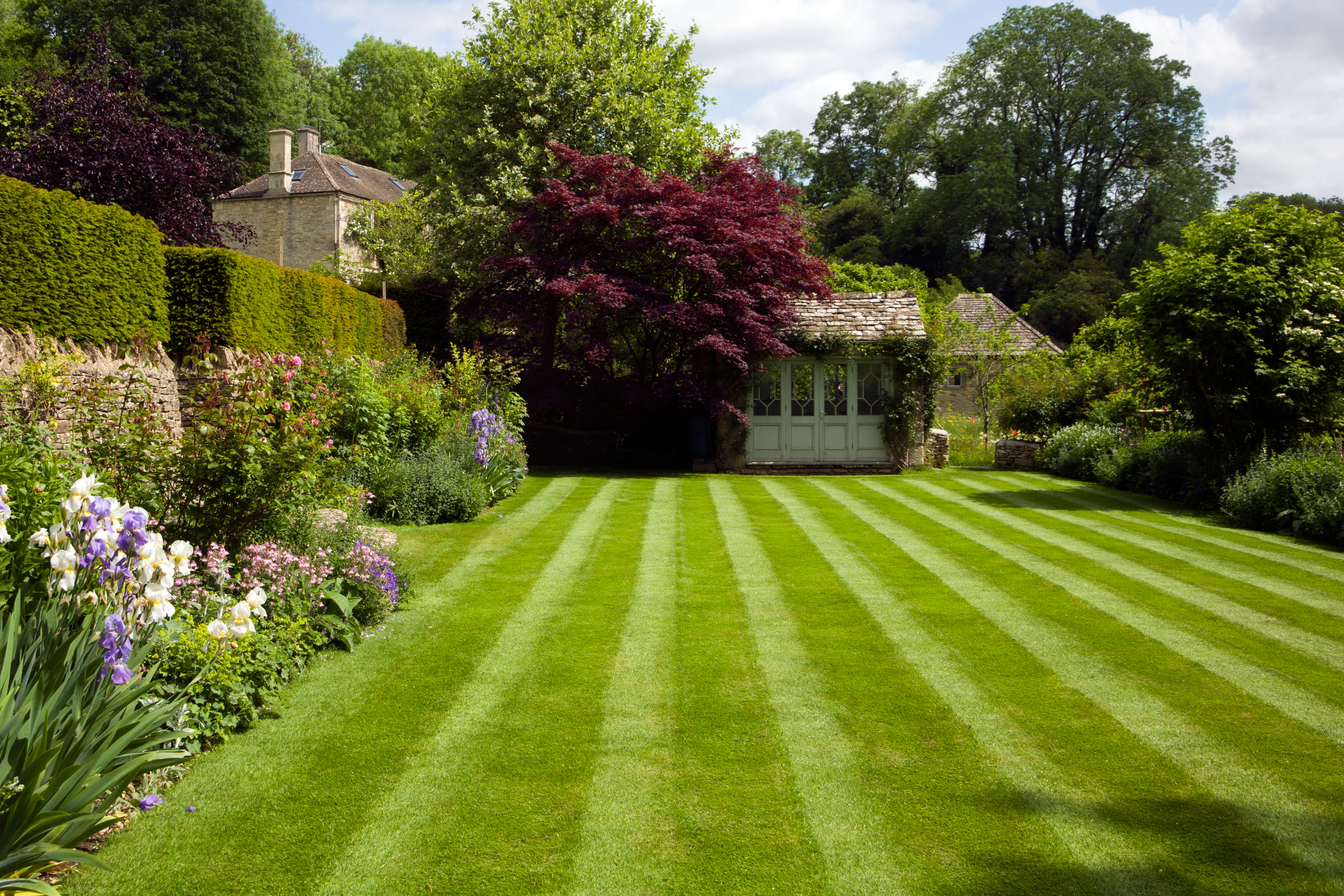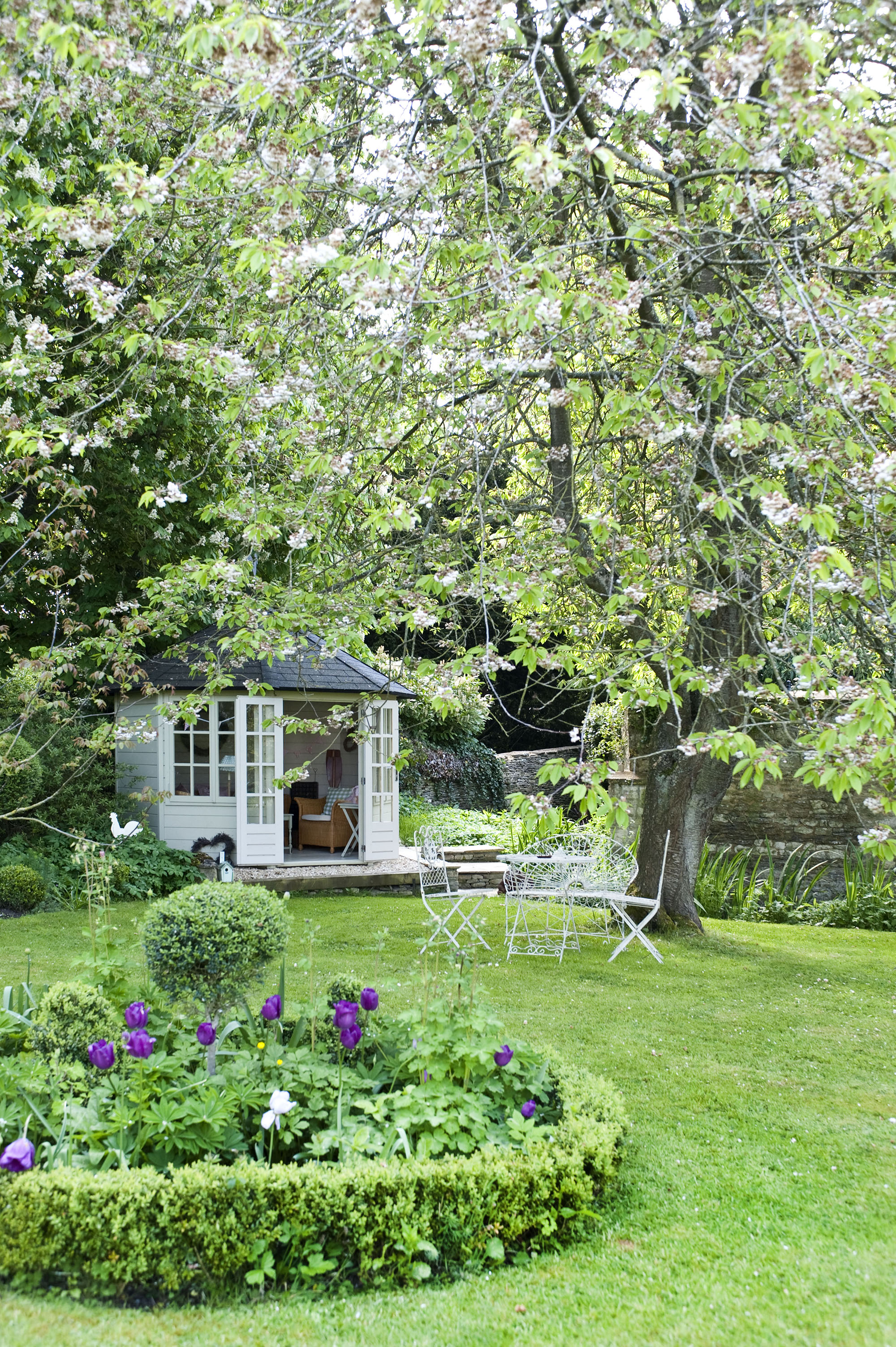Using dish soap kills moss on your lawn – a gentle solution to the common problem
Thinking of using dish soap to kill moss on your lawn? This simple solution is safe for your grass – and favored by those in the know


When faced with the question of how to get rid of moss on your lawn, there are several methods that you can choose. Some may turn to iron sulfate, and others to baking soda. However, there is an even more accessible (but nonetheless effective) solution hiding in your kitchen: dish soap.
While dish soap is best associated with its uses indoors, experts urge us to take it out of our kitchen and into the garden, where we can use it to get rid of moss on our lawns.
This method is simple, effective, and removes moss permanently. So, if you're looking to achieve a moss-free lawn that looks greener and thicker this summer, this solution may be the answer.
Using dish soap to kill moss on your lawn – the easy solution

'Killing moss without decimating your grass can be tricky, but a dish soap solution can make it look easy with a little care and attention,' says Tom Monson from Monson Lawn and Landscaping.
The expert explains that this solution is most effective if you catch the moss early. As soon as you notice the moss, Tom suggests mixing two ounces of dish soap with a gallon of water to make a gentle solution. This will kill the moss without harming your grass. Here is what the process involves.
1. Cover the moss in dish soap
Tom suggests using a sprayer to drench the moss thoroughly in your dish soap and water solution. For small to moderate-sized lawns, you will need around 2 ounces of soap and 1 gallon of water. However, if your yard is bigger, you will need to increase the dosage to cover all the moss. Use approximately 2 gallons of water for every 1000 square feet of grass.
After applying the soap, the expert suggests waiting for around one day when it will dry up.
2. Scrape the dead moss away
After the moss has dried, you can easily scrape it up using a tool of choice. If you're dealing with lots of moss and dethatching a lawn anyway, it may be worth investing in a more specialist rake [such as this one on Amazon] that will make the scraping process quick and efficient.
3. Replant grass seed if necessary
When applying the soap solution, it is worth taking care of your lawn, as this solution can be harmful to your greenery. However, if you notice any damage, you can use one of the best fast-growing grass seeds to ensure your lawn is back to full health quickly.

Sign up to the Homes & Gardens newsletter
Design expertise in your inbox – from inspiring decorating ideas and beautiful celebrity homes to practical gardening advice and shopping round-ups.

Megan is the Head of Celebrity Style News at Homes & Gardens, where she leads the celebrity/ news team. She has a history in interior design, travel, and news journalism, having lived and worked in New York, Paris, and, currently, London. Megan has bylines in Livingetc, The Telegraph, and IRK Magazine, and has interviewed the likes of Drew Barrymore, Ayesha Curry, Michelle Keegan, and Tan France, among others. She lives in a London apartment with her antique typewriter and an eclectic espresso cup collection, and dreams of a Kelly Wearstler-designed home.
-
 Ina Garten's storage pantry is an insightful window into all of the best cookware used by the chef – and it's easy to recreate on your kitchen shelves from $48
Ina Garten's storage pantry is an insightful window into all of the best cookware used by the chef – and it's easy to recreate on your kitchen shelves from $48The beautiful dishware in The Barefoot Contessa's Hamptons pantry showcases the tools she uses most often to cook – this is exactly how you replicate it
By Sophie Edwards Published
-
 Extend the lifespan of your appliance with 5 simple but crucial washing machine maintenance tips
Extend the lifespan of your appliance with 5 simple but crucial washing machine maintenance tipsFrom cleaning the filters to keeping the door open, experts reveal the washer tips they swear by
By Andy van Terheyden Published